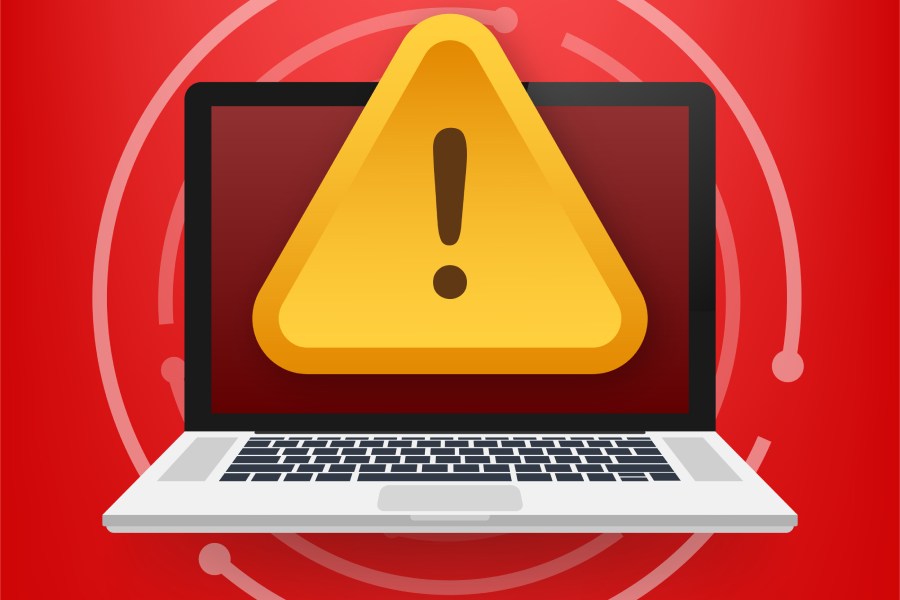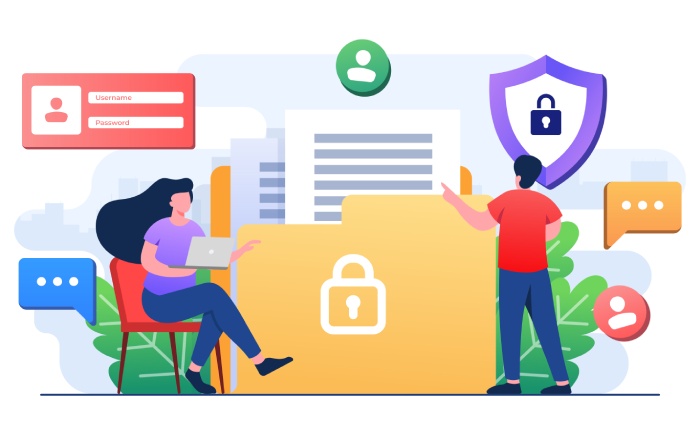The EU’s General Data Protection Regulation (GDPR) defines sensitive data as any material that discloses a data subject’s information that is mostly protected and, in general, cannot be processed. Sensitive data includes a subject’s race/ethnicity, health (mental) condition, religious beliefs, political ideologies, biometric data, genetic data, and trade union memberships.
For an organization that collects the personal information of its consumers, sensitive data encompasses all data that a third party should not access. This could be in digital forms like a photo, audio, video, document, or personal information filled online. It could also be in physical form as a paper document.
Managing sensitive data involves protecting it from unauthorized or unlawful access (hacking), exposure, theft, and damage. Sensitive data management also involves the privacy of these data and controlling authorization to the individuals that can view, share or use it. A strong data management strategy is essential to ensure these measures are consistently followed and that sensitive data is securely handled across the organization.
Sensitive data exposure
Sensitive data exposure and breaches are significant issues that could arise when data is not managed correctly. Its exposure occurs when a platform (website, application e.t.c.), organization, or other entity unintentionally exposes it. It arises when sensitive data is accidentally or unlawfully destroyed, lost, altered, or unauthorizedly disclosed or accessed due to a security incident.
Data exposure can be caused by several reasons. They include:
- human negligence and errors,
- malware,
- web attacks,
- system intrusions,
- cloud service failures,
- software vulnerabilities,
- hardware failure,
- power failure,
- denial of service,
- physical disruptions and,
- environmental threats, amongst others.
According to research, In 2020, the number of data breaches in the United States came in at a total of 1001 cases. Meanwhile, over 155.8 million individuals were affected by data exposures over the same year – that is, an accidental revelation of sensitive information due to less-than-adequate information security.
Thus, adequate management and protection of sensitive and personal data have become important. Privacy regulations such as CCPA and GDPR have been put in place and mandated for every organization that collects personal and sensitive data from consumers. The General Data Protection Regulation changed the game. Businesses that collect personal information were required to change their data protection and privacy practices described in Osano’s comprehensive GDPR guide.
Failure to comply with these regulations exposes the organization to face potentially massive fines. Proper data protection and management will include ticking these boxes and more:
- Who can the data be shared with?
- Whether the data must be kept confidential due to laws, regulations, or contracts.
- Whether the data can only be used or released if specific requirements are met.
- Whether the information is sensitive by nature and would have a negative effect if released.
- Whether the data would be helpful to those who aren’t allowed access to it (e.g., hackers).
Top 9 practices to manage sensitive data
Organizations collect and store large amounts of personal and corporate data that should not be accessible to third parties. To safeguard their customers and remain compliant, businesses must secure this sensitive data. Below are some practices to imbibe in an organization for better data security.
1. Organization and risk assessment
The first step to proper data management is Organization. Before you begin implementing any security plan, every data collected must be organized. Organize the documents in your server/computer/drive to make them easy to navigate. Using HIPAA-compliant survey software can also help securely collect and organize sensitive health data. It ensures that any patient-related information gathered meets strict regulatory standards.
The organization allows for proper risk assessment.
Risk assessment involves assigning a risk level to specific data to know what type of security measure to secure it.
Data could either be:
- Low sensitive; which is information that can be viewed, used, or shared by the public, like information posted on a public website.
- Medium sensitive; is data that can be shared only within an organization but not with the public. Leaking of such data does not carry extreme consequences.
- High sensitive; data limited to the data subject and a limited number of insiders. Exposing this kind of data could carry extreme consequences.
An organization can give insights into which data needs to be prioritized for protection.
2. Access management
Controlling access to sensitive data allows for accountability and reduces data exposure or breach due to human negligence or error. The fewer the employees with access to data, the lesser the risk of data exposure/breach. Ensure that access is provided on a need-to-know basis.
Access control to data includes both physical and digital control. Physical access involves restricting access to data servers using proper identity management such as biometrics. Other means are setting up alarm systems, video surveillance, and network segregation.
Digital control involves using passwords and passphrases to give access to specific people within the organization’s hierarchy.
3. Backups
Perhaps one of the most important measures to prevent permanent data loss. Periodic backups of data are essential to avoid data loss due to the user or technical errors.
Backups will cost money for organizations and individuals, but it’s worth it because of the dangerous repercussions of losing the data. It can come in various forms, such as tape-storage methods, hard drives, or disk-storage methods.
4. Encryption and pseudonymization
Encryption is a process that involves rendering data unreadable and unidentifiable to anyone that doesn’t have the correct password or key to access it. Encryption of highly sensitive data makes it difficult to be tampered with. It also makes it impossible for criminals to read or understand it in cases of a data breach.
Pseudonymization is a data protection strategy proposed by the GDPR that works well with larger data sets. It involves stripping identifying information from data packets. Identifying information of a person like names, age, and DOB are replaced with randomly generated strings. The identity of the data subject and the data about them is impossible to link together.
5. Adoption of anti-malware practices
Malware is a file or code that infects, analyzes, steals, or performs nearly any function an attacker desires. It can be distributed via email attachments, infected applications or websites, fake internet ads e.t.c. Here are some anti-malware practices to use in your organization:
- Install antivirus softwares.
- Administrator accounts should be used only when absolutely necessary.
- Ensure software is up-to-date.
- Implement spam protection and email security.
- Monitor all user accounts for suspicious activity.
6. Creation of incident response plans
Data breaches or sensitive data exposure typically happen unexpectedly, especially when a hacker forcefully attempts to access private data without permission. Organizations need to prepare for these occurrences beforehand, which means an incident response plan needs to be built to mitigate the impact of such leaks or breaches.
An incident response plan essentially lays down actions to handle data breaches or exposure to unauthorized people. Regulations such as NIST, HIPAA, PCI, and DSS help figure out what an incident response plan entails.
7. Addressing third-party related risks
There’s always a strong need to keep track of third parties with legal permission to access your organization’s data. Regardless of whether you trust them or not, they might be prone to attacks that you’re not aware of, so you need to plan for potential risks that may come through them.
Aside from monitoring them via the cloud and physical storage repositories, you also need to do the following:
- Ensure you’re aware of what your third-party environment looks like, who has access to what information and what members of your team control specific permissions.
- Sign an agreement with every third party who has access to your data.
- Ensure they are accountable for data they have access to and maintain security standards.
8. Deploying dedicated data security software
Set up an integrated data protection system to control data security from a technological standpoint. When you use a single, powerful piece of security software, you can assure the safety of your most valuable assets by:
- Monitoring
- Automated access control
- Notifications
- Password management auditing
Furthermore, you may need to guarantee that many types of devices and endpoints are visible from a single location. Using too many different tools and solutions might slow down your IT and security management procedures, increase business expenses, and make data protection more difficult.
9. Organize refresher courses for employees
Members of your organization should be made to take refresher courses on data security periodically. This helps keep them alert, updated, and more security conscious in their day-to-day lives. It teaches them how to identify data security risks, malware, and social engineering attempts.
In addition, it takes away the excuse of ignorance and allows for full accountability in cases of a data breach.
Conclusion
The importance of carefully managing sensitive data cannot be overstated. It reduces the risk of a data breach, exposure, theft, or loss; it also helps avoid the hefty fines that come with breaching privacy laws. Every organization must make a conscious effort to stay up-to-date about data security. This article broadly discussed the best practices to manage sensitive data carefully.


